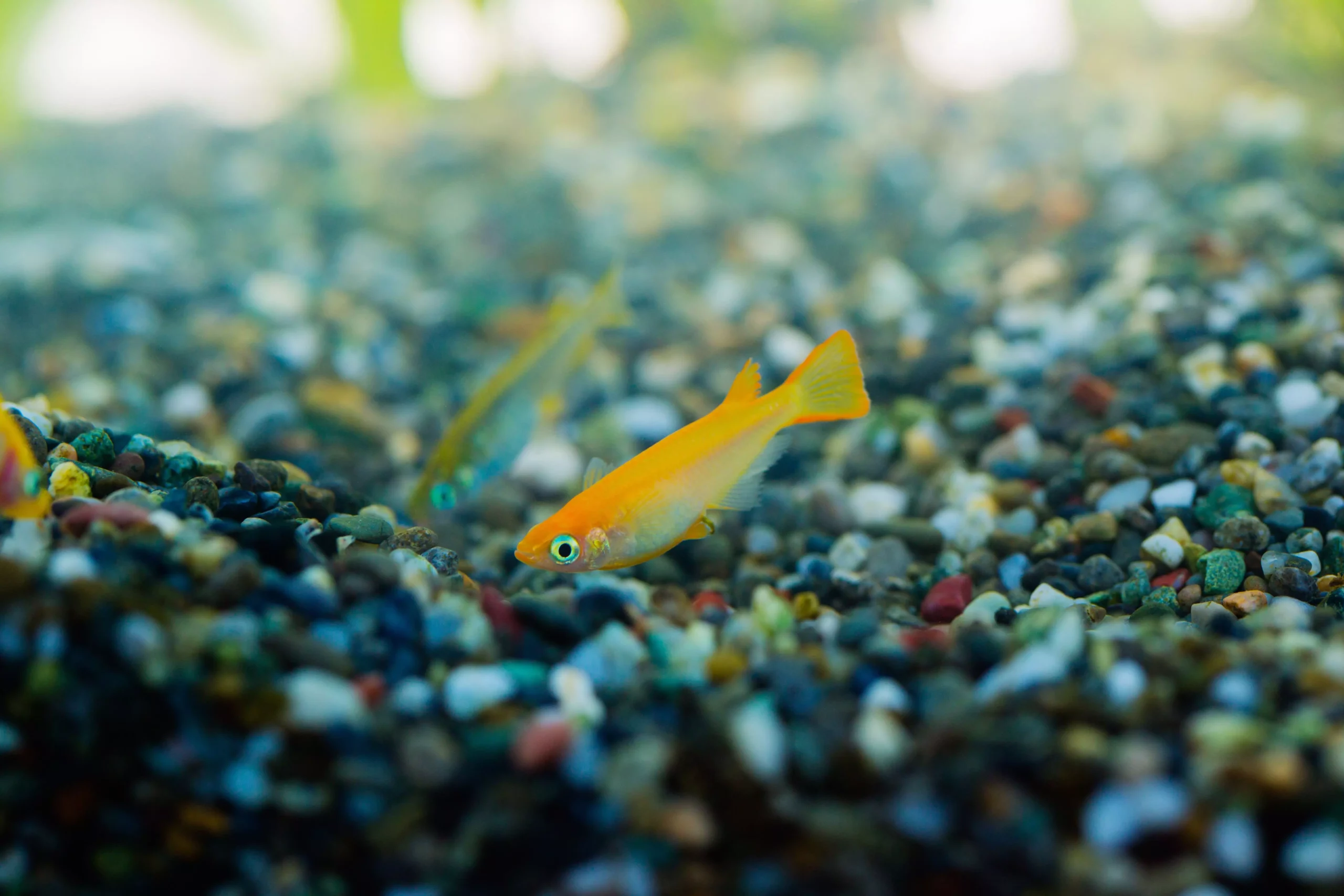Aquarists often dedicate a considerable amount of time curating the aesthetics and overall environment of their tanks, but one of the most crucial elements is often taken for granted: the aquarium substrate. This foundational layer, often overlooked in favor of more visually striking components such as decorations or fish itself, plays a pivotal role in the health and functionality of the aquatic ecosystem. By meticulously selecting the appropriate substrate, aquarists not only enhance the visual allure of their aquarium but also create a thriving environment for their aquatic inhabitants.
The substrate, or the material that lines the bottom of the aquarium, serves multiple vital functions that go beyond mere aesthetics. It acts as a cornerstone for anchoring live plants, providing them with the essential nutrients necessary for growth. Furthermore, certain types of substrate foster beneficial bacteria, which are instrumental in the nitrogen cycle—an essential process that helps maintain water quality. These bacteria thrive in the substrate and break down harmful waste products, converting them into less toxic substances. Such a natural filtration system is crucial for ensuring the overall health of the aquarium’s ecosystem.
Moreover, for species that naturally scavenge or burrow, such as catfish and some cichlids, a suitable substrate becomes a source of comfort and sustenance. Burrowing species, in particular, enjoy sifting through the substrate to uncover food particles, enriching their habitat and engaging in natural behaviors that contribute to their well-being. A thoughtfully considered substrate can significantly reduce stress in fish, allowing them to feel secure in their environment. Unadorned glass surfaces can reflect images and create stress-inducing illusions, while a natural or subtly colored substrate may help mitigate such discomfort.
The aesthetic appeal of an aquarium is undeniably enhanced by the choice of substrate. While vibrant colors and unique shapes can lend a whimsical feel to a children’s aquarium, replicating natural habitat conditions is often favored in biotope setups. Substrate color can accentuate the natural colors of fish, creating a harmonious look while also contributing to the overall calmness of the aquarium. However, one must not confuse aesthetics with health benefits; the substrate should cater to the specific needs of its aquatic inhabitants.
Aquarium substrates are available in a plethora of forms, with gravel and sand being the most common choices among fish keepers. Natural gravel provides a robust medium for beneficial bacteria and is easily maintained. Sand, on the other hand, is preferred by species that delight in burrowing; however, it can present challenges if not managed correctly, as excessive depth can lead to anaerobic zones where harmful gases may accumulate. The size and type of substrate material should correlate with the species of fish being kept, as well as the desired aesthetic.
>Additionally, substrates like crushed coral can influence water chemistry, raising pH levels and acting as a buffering agent in specific setups, such as those housing African cichlids. For aquarists intending to incorporate live plants, laterite or vermiculite can be used to enhance nutrient availability, often serving as a foundational layer beneath gravel.
Regardless of the substrate chosen, maintaining its cleanliness is imperative for sustaining a healthy aquatic environment. Waste materials can accumulate within the substrate, potentially leading to adverse conditions if not regularly addressed. A specialized gravel vacuum designed for aquariums can assist in this endeavor, allowing aquarists to clean the substrate efficiently during routine water changes without disturbing the foundational layer too much.
Regular maintenance through gravel vacuuming, typically conducted bi-monthly or as part of water changes, can help remove organic debris and prevent the growth of harmful bacteria, ensuring the substrate continues to foster a healthy ecosystem.
It is important to acknowledge the diverse opinions surrounding substrate choices; while some aquarists advocate for natural hues that mimic fish habitats, others favor creative colors that reflect personal tastes. The debate often centers around whether such artificial colors would affect the fish’s health or behavior. Fortunately, many fish species are quite adaptable, and as long as essential care and tank conditions are maintained, colorful substrates need not pose a dilemma concerning fish welfare.
Selecting the right substrate is a multifaceted process involving both aesthetic desires and the biological needs of aquatic life. Whether aiming for a vibrant or natural look, aquarists should prioritize the practical advantages that different substrates can offer. By striking a balance between form and function, they can create an underwater paradise that not only looks beautiful but thrives in harmony with its inhabitants.


Leave a Reply